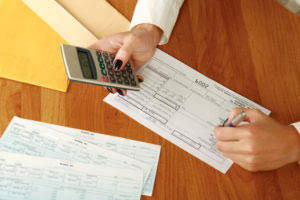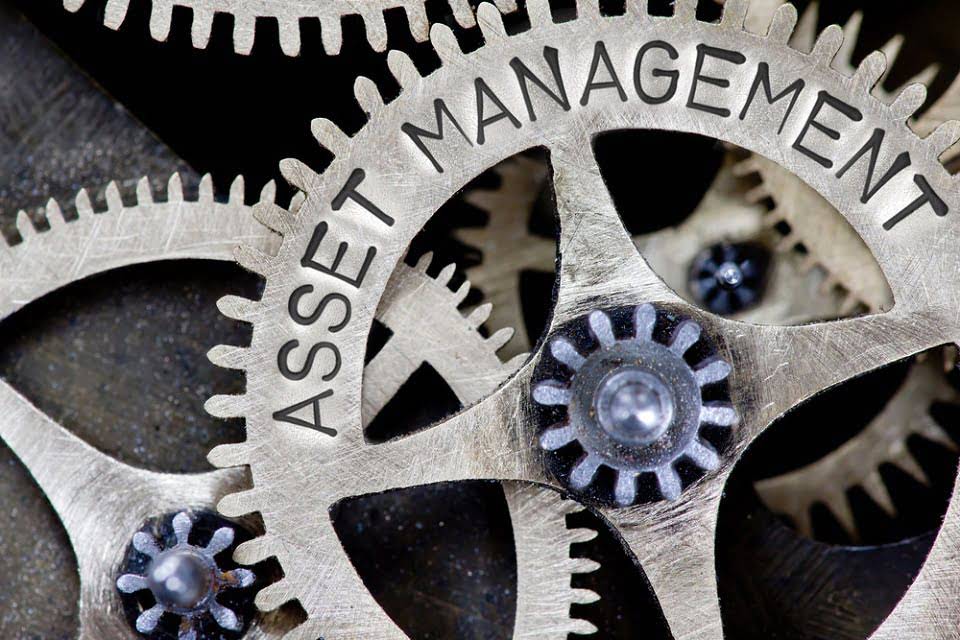
It spreads the decrease evenly over the asset’s useful life until it reaches its salvage value. So, when a company figures out how much something will lose value over time (depreciation), they also think about what it might still be worth at the end, and that’s the salvage value of that asset. Scrap value is the estimated cost that a fixed asset can be sold for after factoring in full depreciation. The asset that is disposed of is usually salvaged into multiple parts, with each part valued and sold separately. When salvage value changes, it may cause a change in the amount of depreciation expense you can deduct. If there is a decrease in the salvage value, depreciation expense will increase and vice versa.

Fixed Asset Purchase Cost Assumptions
- Then, we can extend this formula and methodology for the remainder of the forecast.
- The difficulty in calculating residual value lies in the fact that both the salvage value and the cost to dispose of the asset may not truly be known until disposition.
- Depreciation expense is then calculated per year based on the number of units produced.
- Salvage value also plays a critical role in tax calculations and legal compliance.
- It’s a strategic tool that, when understood and applied correctly, can lead to more informed and profitable decisions in the finance industry.
It can be calculated if we can determine the depreciation rate and the useful life. For tax purposes, the depreciation is calculated in the US by assuming the scrap value as zero. It includes equal depreciation expenses each year throughout the entire useful life until https://www.instagram.com/bookstime_inc the entire asset is depreciated to its salvage value.

How Do You Calculate Depreciation Annually?

Starting from the original cost of purchase, we must deduct the product of the annual depreciation expense and the number of years. The Salvage Value is the residual value of a fixed asset at the https://www.bookstime.com/ end of its useful life assumption, after accounting for total depreciation. The depreciation expense is scheduled over the number of years corresponding to the useful life of the respective fixed asset (PP&E). One of the most significant applications of salvage value is in the calculation of depreciation for assets. Depreciation represents the allocation of the cost of an asset over its useful life, and understanding how salvage value factors into this process is essential for accurate financial reporting and planning.
- Adam Hayes, Ph.D., CFA, is a financial writer with 15+ years Wall Street experience as a derivatives trader.
- Annual straight line depreciation for the refrigerator is $1,500 ($10,500 depreciable value ÷ seven-year useful life).
- A lease buyout is an option that is contained in some lease agreements that give you the option to buy your leased vehicle at the end of your lease.
- A company uses salvage value to estimate and calculate depreciation as salvage value is deducted from the asset’s original cost.
- The formula determines the expense for the accounting period multiplied by the number of units produced.
- For example, a company may decide it wants to just scrap a company fleet vehicle for $1,000.
PP&E Roll-Forward Schedule Build
- The price you will pay for a lease buyout will be based on the residual value of the car.
- If your business owns any equipment, vehicles, tools, hardware, buildings, or machinery—those are all depreciable assets that sell for salvage value to recover cost and save money on taxes.
- The straight-line depreciation method is one of the simplest ways to calculate how much an asset’s value decreases over time.
- However, calculating salvage value helps all companies estimate how much money they can expect to get out of the asset when its useful life expires.
- Simply put, when we deduct the depreciation of the machinery from its original cost, we get the salvage value.
Investors use salvage value to determine the fair price of an object, while business owners and tax preparers use it to deduct from their yearly tax liabilities. The residual value of a car is the estimated value of the car at the end of the lease. The residual value of a car is calculated by the bank or financial institution; it is typically calculated as a percentage of the manufacturer’s suggested retail price (MSRP).
Units of Production
The recognition of depreciation is mandatory under the accrual accounting reporting standards established by U.S. It’s a strategic tool that, when understood and applied correctly, can lead to more informed and profitable decisions in the finance industry. Technology and SoftwareWith rapid technological salvage value formula advancements, the salvage value of tech assets can be tricky to estimate. Manufacturing and EquipmentIn manufacturing, machinery often has a significant salvage value, impacting budgeting and investment decisions. Salvage value, often referred to as residual value, is the estimated value of an asset at the end of its useful life. The scrap value of an asset can be negative if the cost of disposing of the asset results in a net cash outflow that is a contributing factor in the scrap value.

